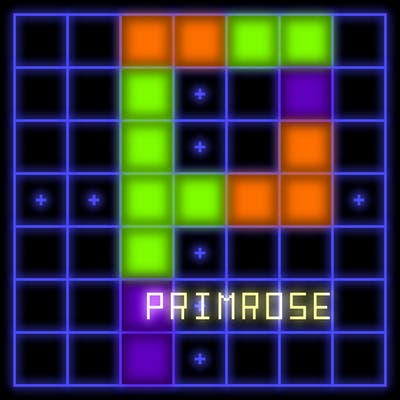The Luddite Game Maker
Jason Rohrer on life, death, video games and diamonds.
After Subreal fell by the wayside, Rohrer began work on his second game, Transcend, the first to see public release.
"I became fascinated with the so-called "golden age" of computer and video games. Jeff Minter of Llamasoft and all that. One person coming up with a novel idea and making a small, high-quality game around that idea was immensely appealing to me. Transcend had a bunch of interesting features, including a novel failure mechanic (no player death!), morphing vector graphics (which foreshadow something like Everyday Shooter), and procedurally-generated music that was linked to the gameplay.
"I was happy with it at the time, but it wasn't very popular. In retrospect, it was probably the kind of game that really needed a bunch of unique levels in it - I stopped after crafting three levels for it, feeling rather tired of working on it. But, you know, it was my first real game."
Adulthood
From there, Rohrer began working on a steady stream of relatively small games, usually released for free onto the internet, supplementing this creative generosity with income earned working on freelance projects for larger studios.
"There's not really a common theme that I am trying to explore through my games, unless you count the theme game design itself," he explains. "With each new project, I try to push off in a new direction, both thematically and in terms of design. I want to explore new corners of the design space, and I also want to constantly surprise people. I hate creative ruts, and can't understand those artists who make similar work over and over for decades. I fall more into line with someone like Picasso - a mind forever voyaging. Or maybe I just have a short attention span."
In Rohrer's opinion, his second to last release, Sleep Is Death - a two-player game in which one player dynamically writes the story while the other player follows and tries to solve it - best exemplifies this aim of surprising people.

"It was an idea that seemed so unusual and crazy and design-perverse that I was filled with glee over the idea of making something like it. What a weird design move for me to make. I want to keep making moves that extreme, but unfortunately, ideas like that are hard to dream up. I've changed so much as a designer since I made each of my games - I'd never make another one like any of them again, if I had to do it now."
This jitteriness, and a dissatisfaction with being pinned down to one creative stream, extends to Rohrer's wider view of games. "I don't particularly appreciate video games as a super-set medium. I'm primarily fascinated by games as interactive systems. You can hear about a game or read a review or even see it being played and still not really understand it."
"I always like opening up a new board game and examining the pieces - I'm filled with wonder about how all these parts will work together when the game is actually played. So a game is really a silent object until you interact with it and explore it actively. It's waiting there for you to unpack it, and you have to bring a lot to it as you unfurl it by playing it. Not everything is dictated to you. A crucial part of it - how you play - is totally up to you. Every medium involves this aspect to some degree -mostly in terms of interpretation - but for games, it is the main event."
